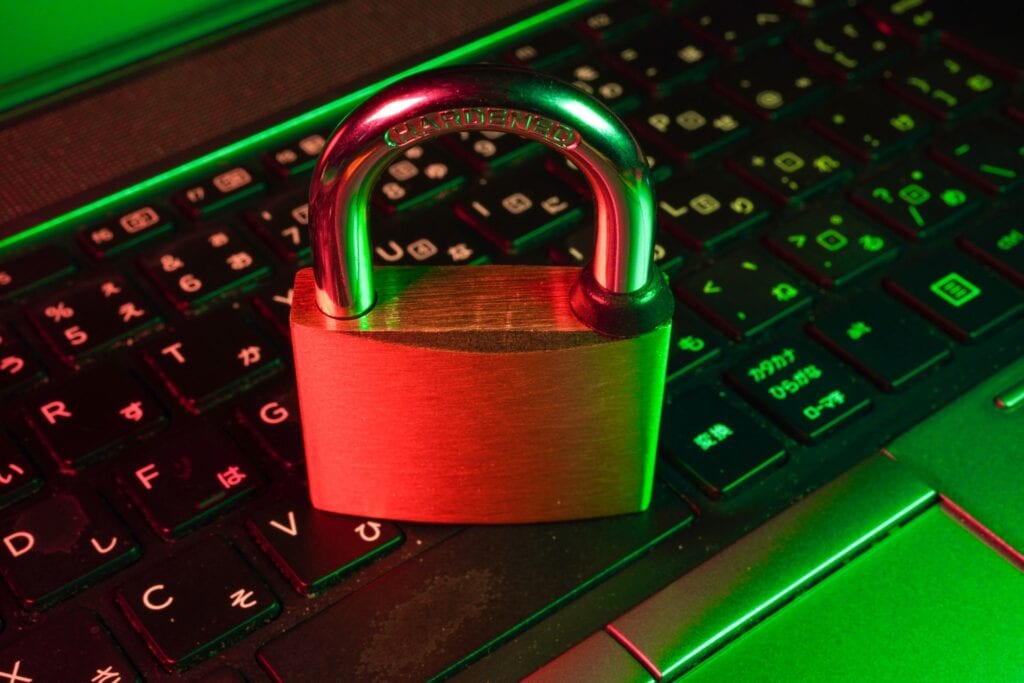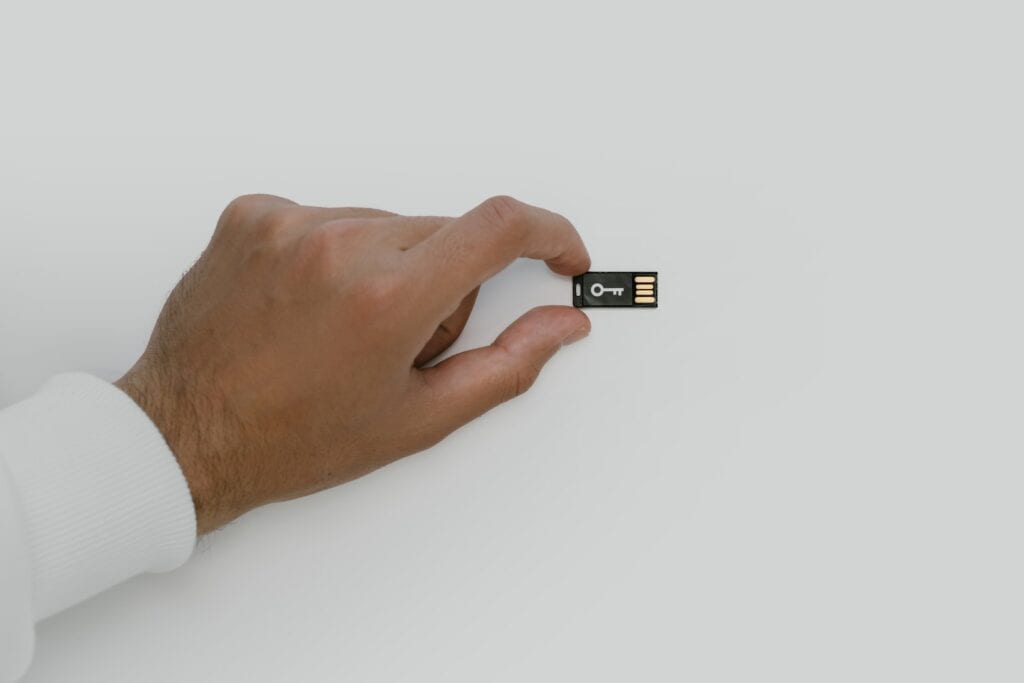You see various articles across multiple platforms relating to CYBER SECURITY and INFORMATION SECURITY. Is there a difference? In their most basic forms, they refer to the same thing in terms of security, which is the integrity and confidentiality of information but, there is a BIG difference.
Information Security includes safety of all your data
Information is at the heart of ALL organisations, whether it’s personal data on your workforce, customer information, historic business records, the list is quite vast depending on the size of your organisation.
This information can be kept in any number of places and can be accessed in many ways. On your work computer, servers, in the cloud or even as paper records. Whatever form your data is in, it needs to be KEPT SAFE and the process of doing that is called Information Security. There are two sub areas of Information Security. The first is the protection of the physical devices and access to them (ie. laptop, comms room, work phone, etc.). The second is to make sure no one can access the information electronically. This is known as Cyber Security.

Cyber Security and electronic access to data
Cyber security covers the steps an organisation must take to protect information that can be accessed via possible flaws within its IT systems. Cyber criminals are far more likely to conduct cyber attacks, plant malware or send malicious emails than break into a building. Cyber crooks don’t need to travel to the premises, they are less likely to get caught and they are likely to leave behind less evidence. Organisations can be attacked from all over the globe by criminals and there are numerous examples of this. This means that, although cyber security is only one part of information security, it is the most important element.
It is also worth taking into consideration that there’s a lot of overlap between physical and cyber security. For instance, physical security prevents someone getting into the organisation’s premises, but cyber security is needed to mitigate insider threats. Equally, cyber security relies on physical security to reduce the likelihood of an attacker gaining access.

Stay secure with ISO 27001
Keeping your organisation secure requires constant attention, but the good news is that everybody faces the same problems. Don’t panic, there is help available. The international standard ISO 27001 describes best practices for information security. The ISO 27001 Standard is globally recognised to help organisations manage their Information Security controls. ISO 27001 can be applied to companies of all sizes in the private sector and within the public sector.
Implementing these requirements ensures that you’re doing everything you can to keep your organisation secure inside and out. This is easier said than done. ISO 27001 can take time to implement, depending on the size of your organisation and workforce you have in place to deliver. Naturally, time to implement will be tougher if you don’t have qualified ISO 27001 professionals to help!
Cyber criminals and hackers are finding new and innovative ways to attack IT systems, their job is to GET SMARTER. Owners of companies, Head of IT, CISOs, and employees need to do their upmost to stay one step ahead as fines will only increase for being hacked if a breach is down to bad security. This could cost companies millions and put them out of business, so spending some time and money to ensure your security is up to date is critical.


